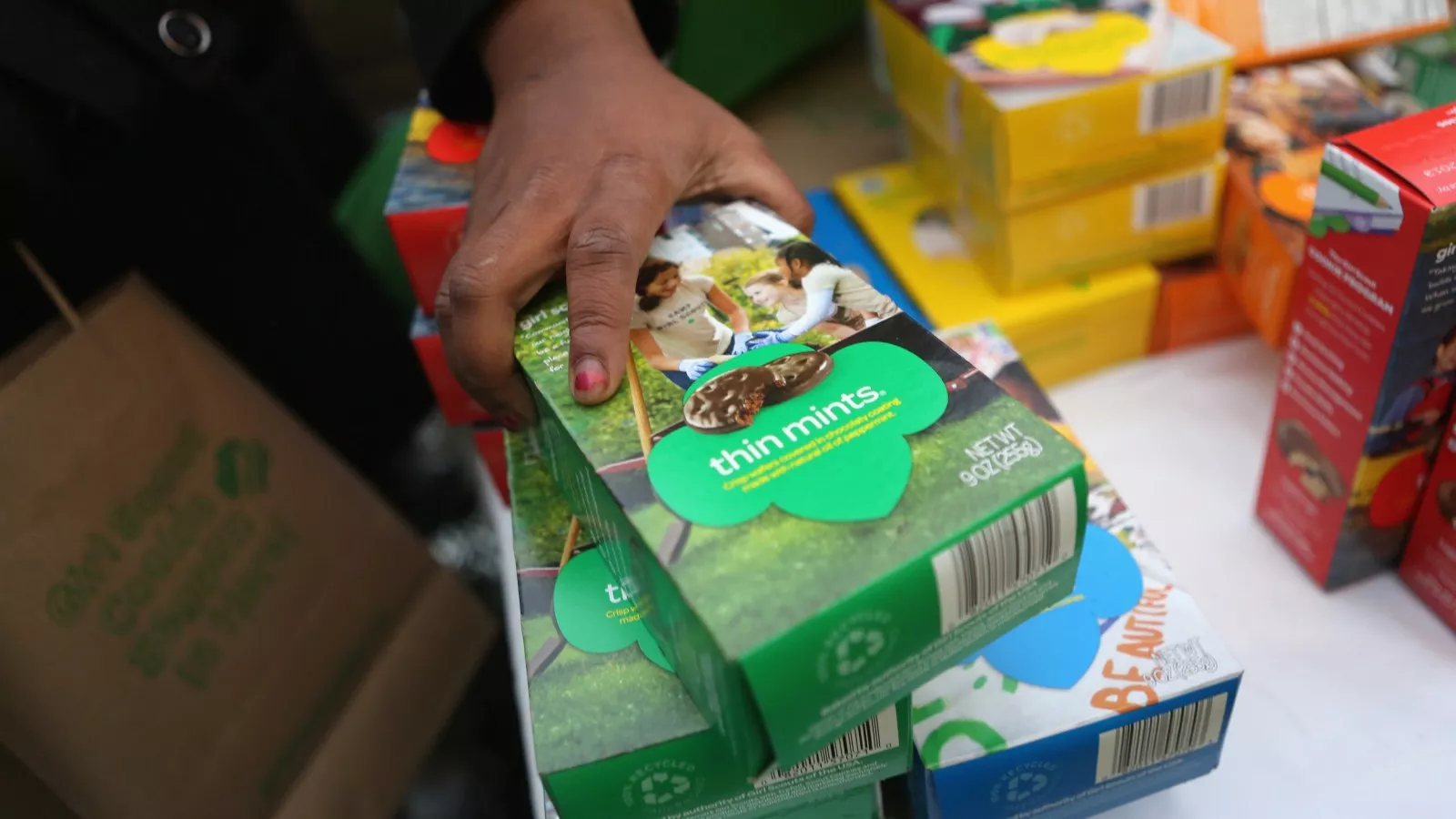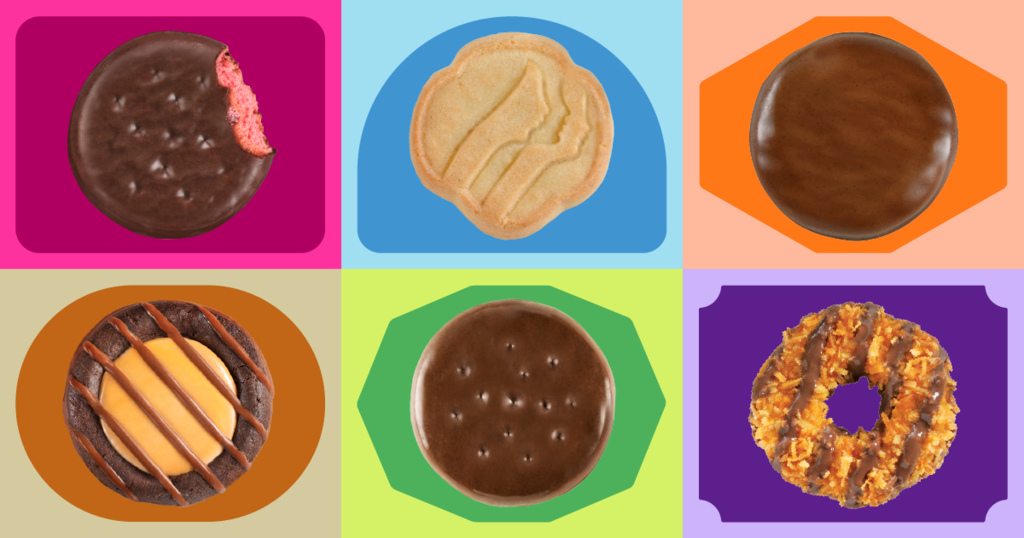
For more than 100 years, Girl Scout Cookies have been a cherished part of American life. From Thin Mints to Samoas, these treats bring joy to millions while helping young girls learn skills like teamwork and business smarts. But a shocking lawsuit has turned this sweet tradition upside down. A New York woman claims these cookies are hiding something dangerous—heavy metals and pesticides. The Girl Scouts say it’s all nonsense and their cookies are perfectly safe. So, what’s really going on with this Girl Scout Cookies lawsuit? Let’s dig in and find out.
Key Points
- Research suggests Girl Scout cookies contain trace amounts of heavy metals and glyphosate, but levels seem within FDA and EPA safety limits.
- A recent lawsuit claims these levels are dangerous, based on a study comparing them to water standards, which may not apply to food.
- The Girl Scouts and their bakers assert the cookies are safe, and evidence leans toward supporting this under current regulations.
- There’s ongoing debate about long-term effects, especially for vulnerable groups, adding complexity to the issue.
The Girl Scout Cookies Lawsuit: What’s the Big Deal?
On March 10, 2025, Amy Mayo filed a class action lawsuit in New York against the Girl Scouts of the USA and their cookie makers, ABC Bakers and Ferrero USA’s Little Brownie Bakers. She’s not happy. Mayo says she found out that her favorite Girl Scout Cookies might contain harmful stuff like lead, arsenic, and a pesticide called glyphosate. She argues that if she’d known about these “toxins,” she never would’ve bought them.
The lawsuit isn’t just about her—it’s a big claim that could affect cookie fans nationwide. Mayo is asking for at least $5 million in damages for everyone who’s bought these cookies. Her evidence? A study by GMO Science and Moms Across America that tested 25 cookie samples from three states. The results were eye-opening: every single sample had glyphosate, and most had traces of heavy metals. Thin Mints topped the list with 111.07 parts per billion (ppb) of glyphosate, while Peanut Butter Patties showed 42.5 ppb of lead.
That sounds scary, right? But hold on—there’s more to this story.
The Girl Scout Strike Back: “Our Cookies Are Safe!”
The Girl Scouts aren’t taking this lying down. In a blog post on February 5, 2025, they came out swinging. “Rest assured: Girl Scout Cookies are safe to consume,” they wrote. They call the study misleading and say there’s no reason to panic.
Here’s their argument: tiny amounts of things like glyphosate and heavy metals are everywhere—in soil, water, and even organic foods. It’s just part of nature. The levels found in their cookies, they say, are way too low to hurt anyone. Plus, their bakers follow strict rules from the FDA and other safety agencies. “These amounts don’t pose a risk,” the Girl Scouts insist. “Our cookies are as safe as ever.”
So, who’s right? Let’s break it down.
What’s in Your Cookies? The Science Made Simple
This Girl Scout Cookies lawsuit hinges on two big buzzwords: glyphosate and heavy metals. If those sound confusing, don’t worry—I’ll explain them in plain English.
Glyphosate is a chemical farmers use to kill weeds. It’s super common, especially on crops like wheat and sugar beets, which end up in cookies. The study found 111.07 ppb of glyphosate in Thin Mints. That’s a tiny amount—parts per billion. To compare, the EPA says it’s fine for wheat to have up to 15,000 ppb. So, 111 is a drop in the bucket.
Heavy metals, like lead and arsenic, are different. They’re natural elements in the earth that plants can soak up from soil. The study found 42.5 ppb of lead in Peanut Butter Patties. The FDA says candy can have up to 100 ppb of lead before it’s a problem. Again, the cookies are under the limit.
Here’s a twist: the study compared these levels to water safety rules, not food rules. That’s like judging a car by airplane standards—it doesn’t quite fit. Food safety experts look at how much you eat over time, not just what’s in one bite. Based on that, these levels seem safe.
Why This Matters: Cookies, Kids, and Trust

The Girl Scout Cookies lawsuit isn’t just about science—it’s personal. Every year, Girl Scouts sell millions of boxes to fund camps, trips, and projects. It’s how they learn to set goals and handle money. If people stop buying cookies because of this lawsuit, it could hurt the whole program.
Take a troop in California, for example. Last year, they sold 2,000 boxes to pay for a leadership retreat. A dip in sales could mean fewer opportunities like that. And it’s not just about the girls—Americans love these cookies. Who hasn’t fought over the last Samoa?
But this case also makes us think bigger. Glyphosate and heavy metals aren’t unique to Girl Scout Cookies. They’re in lots of foods—bread, cereal, even veggies. Should we be worried? Experts say no, as long as levels stay low. Still, it’s a reminder to ask questions about what we eat.
What’s Next for the Girl Scout Cookies Lawsuit?
This fight is just getting started. The court will have to decide if Mayo’s claims hold water. Can she prove these tiny amounts are dangerous? Or will the Girl Scouts convince everyone their cookies are fine? It could take months—or years—to find out.
In the meantime, cookie season is here. Troops are setting up tables outside stores, ready to sell. Will this lawsuit scare buyers away? Maybe. But the Girl Scouts are betting on their 100-year legacy to keep fans coming back.

Wrapping It Up: Sweet Treats or Sour News?
The Girl Scout Cookies lawsuit has everyone talking. A study says there’s glyphosate and heavy metals in these treats. The Girl Scouts say it’s no big deal—and the numbers back them up. Right now, the cookies look safe by FDA and EPA standards. But the courtroom drama is far from over.
So, should you grab a box of Thin Mints? That’s up to you. This case shows how tricky food safety can be, but it also proves we’ve got rules to keep us protected. Stay curious, keep asking questions, and enjoy your cookies—unless the judge says otherwise!
FAQs
Are Girl Scout Cookies safe to eat right now?
Yes, according to the Girl Scouts and regulators. The levels of glyphosate and heavy metals found are below safety limits for food.
What did the study find in Girl Scout Cookies?
It found glyphosate in all samples and heavy metals like lead in most. Thin Mints had 111.07 ppb of glyphosate; Peanut Butter Patties had 42.5 ppb of lead.
How are the Girl Scouts handling this lawsuit?
They’re fighting back, saying the study is misleading and their cookies meet all safety standards. They’re sticking to their story: no risk here.
Could this lawsuit change Girl Scout Cookies?
It’s possible. If the lawsuit wins, it might force new rules or warnings. For now, it’s business as usual.
